Lung Safety Tips for Campfires, Wildfires and Fire Pits
This information was reviewed and approved by Anthony N. Gerber, MD, PhD (6/1/2024).
Sitting by an outdoor fire can be enjoyable, but for people with a respiratory disease such as asthma, COPD, emphysema, etc., inhaling smoke from wood or wildfires, even briefly, can irritate the eyes, throat and lungs.
When something is burned, it’s broken down and the elements are released into the air. Wood smoke contains wood tars, gases, soot, carbon monoxide, dioxins, volatile organic compounds (VOCs) and other fine particles. All of those tiny particles can make respiratory and heart disease symptoms worse and cause breathing difficulties.
Wildfires are even more of a cause for concern, as they can contain particles from substances such as plastics and household chemicals. These particles can be especially toxic when inhaled. "When homes burn, along with cars and other things, you incinerate all of this material. It’s hard to quantify, but that stuff is almost certainly more toxic,” according to pulmonologist Anthony Gerber, MD. Research (Opens in a new window) indicates that exposure to these toxic particles increases the risk of heart attack and stroke, even if you’re only exposed for a few hours.
If you’re exposed to wood smoke from wildfires, campfires, fire pits or a nother source, the following factors can help you improve your lung safety.
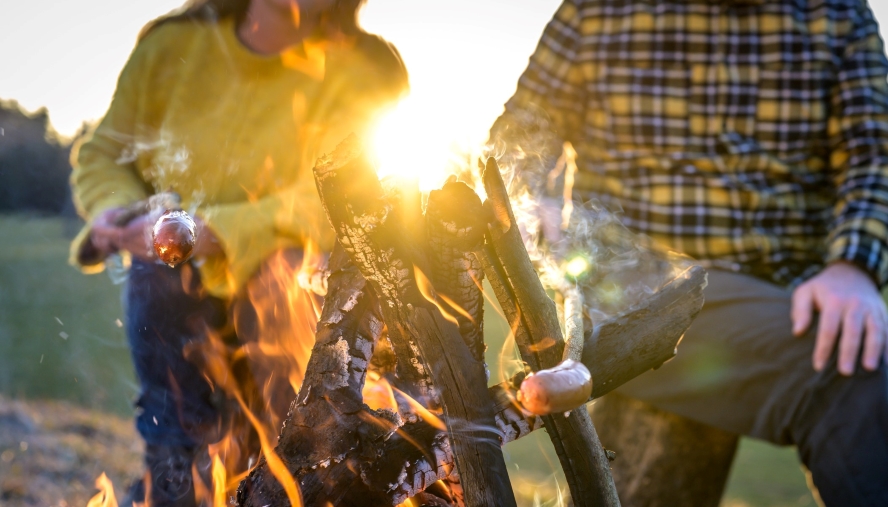
Use the Right Wood for Campfires
Burn only dry, seasoned and untreated hardwood to reduce the amount of smoke created by the fire. Don’t use wood that has been treated with chemicals.
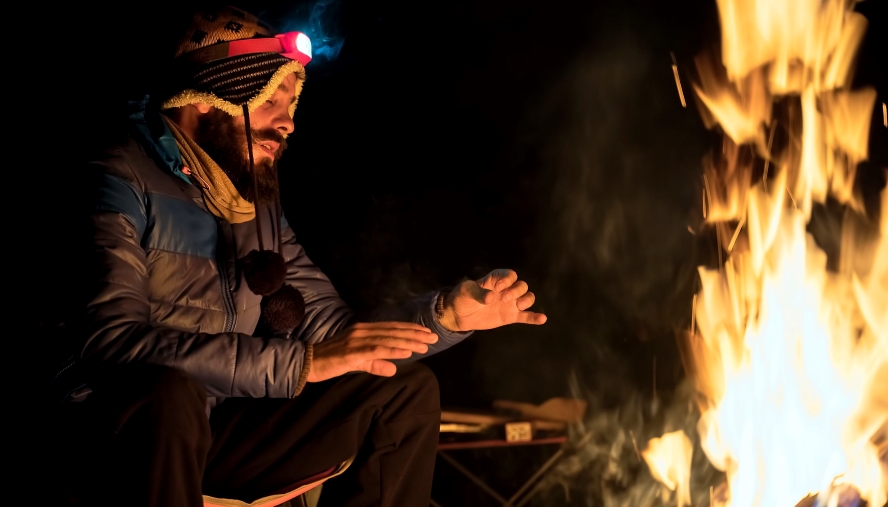
Be Careful of Heat
Air that is too hot can also damage your airways. If you’re near a campfire, move away if you can feel the heat on your hands or face.
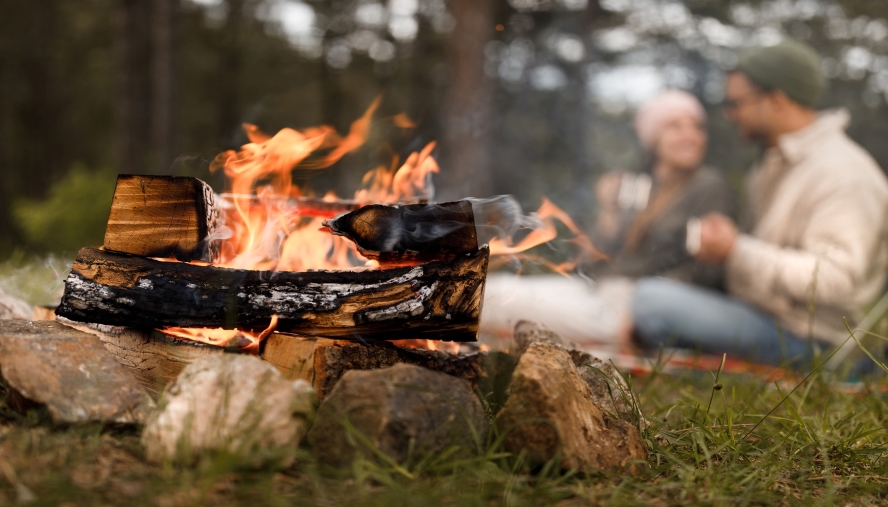
Keep Your Distance
Sit as far from the campfires as possible. Pay attention to which way the wind is blowing and change seating location as necessary.
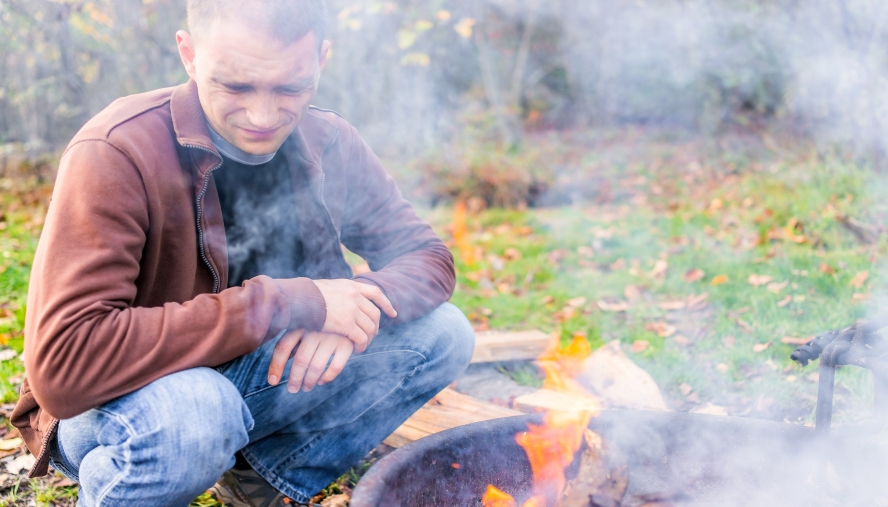
Avoid Smoky Areas
If you are next to or near a campfire and the smoke is bothering your breathing, leave the area until the air is clear. If the smoky air is caused by a nearby wildfire, it’s best to leave the area or stay indoors, even if the smoke isn’t immediately bothering you.

Stay Indoors
When there’s smoke from a nearby wildfire, stay indoors as much as possible and close the windows to keep smoke and other pollution outside.

Limit Outdoor Exercise
Normally, outdoor exercise is an extremely healthy habit. However, if the air is smoky –especially due to a nearby wildfire, you don’t want to expose your lungs to those materials. Limit or eliminate outdoor exercise until the air quality improves.

Take Medications
Medications, such as a pretreatments and rescue inhalers, taken as prescribed, can help with respiratory symptoms caused by wood smoke or wildfire smoke. Do not take more medication or take it more often than prescribed.
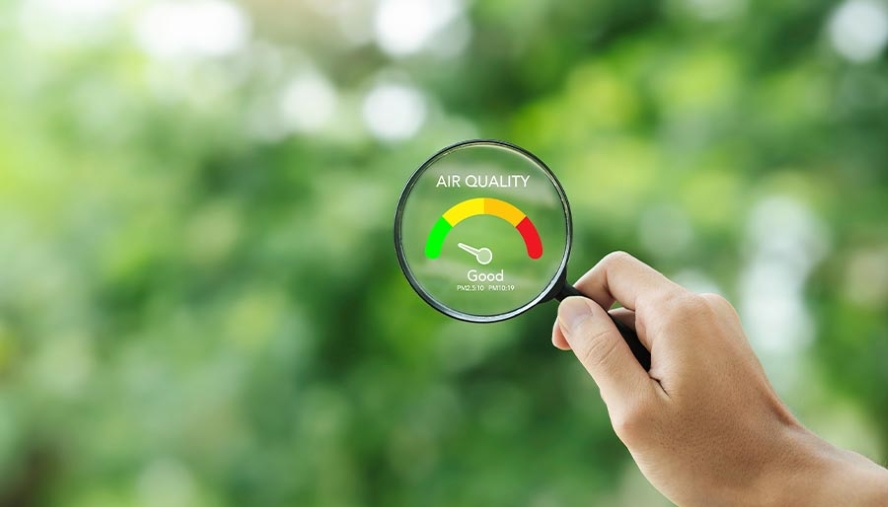
Monitor Air Quality Advisories
Check local air quality advisories for outdoor conditions. Air quality alerts will often provide information about wildfire smoke in your area. You can check the air quality index chart to learn more about healthy levels and to check the national and Colorado air quality.

Watch for Symptoms
If you’re experiencing respiratory symptoms or if your typical asthma symptoms are worsening after you’ve been exposed to smoky conditions, you should take precautions. Stay indoors and take medication as prescribed. Call your doctor if your medication does not help breathing difficulty, cough, chest discomfort, wheezing or shortness of breath.
